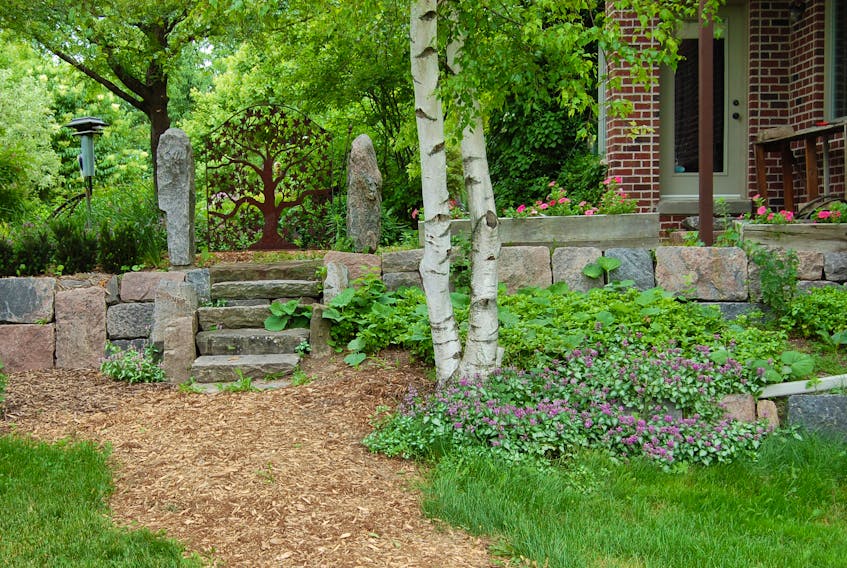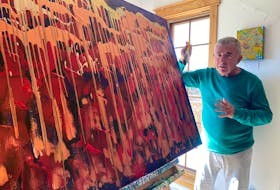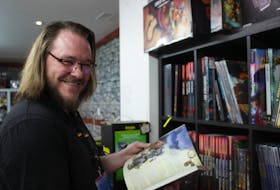We were curious. What did Toronto look like before the Europeans arrived? What grew here? Can we plant the same species today? Why would we?

The word Toronto is a French derivative of the Huron word “Tkaranto”. According to the official history of the city on the Toronto city website, the meaning of the word is “where there are trees in water.”
Given that asphalt and cement have substantially replaced the trees in water and places where the alders grow, we wonder, is there a word for “heat sink”? Never mind.
Native trees
The hardwood forest that dominated southern Ontario was home to some wonderful tree species that lend themselves well to the current landscape.
If the forest 400 years ago was a bag of Licorice All-Sorts, the sugar maple would be the licorice. They were a countless and dominant mid-sized species. They did not grow the tallest (that job was left to the white pine, the official tree of Ontario) or live the longest (white pine again, and perhaps native oak). Today, a sugar maple (Acer saccharum) creates a canopy of cool shade where it is given adequate space. We recommend at least a 10-metre (30 feet.) space for the top of the tree to grow. It matures at about 20-30 metres high (60-80 feet.) and will live for up to 180 years.
Native white oak (Quercus alba) and red oak (Quercus rubra)
These are named for the colour of their wood. They too were a dominant species in our boreal forests in the Greater Toronto Area (GTA). And they still make impressive specimens, where space allows. They can grow up to 36 metres or 100 feet tall and live for 350 years.
Serviceberry (Amelanchier)
Sometimes it is a tall shrub. They produce a lovely, simple white flower in early spring, followed by edible red berries in July. The berries make great muffins or preserves. Or you can do as Mark does, which is nothing, and let the cedar wax wings arrive in a flock and pick the berries while they entertain you. Serviceberry will grow to about 10 metres or 30 feet. It tolerates moderate shade and lends itself to pruning. Not bad for a native tree that, for countless generations, was never pruned.
Alders (Alnus)
We think everyone in Etobicoke should grow at least one. Best known in horticultural circles for the unique production of nitrogen bacterium, alders are referred to broadly as a “pioneer species” as they improve the soil as they grow. For this reason, they dominate new forests after a forest fire. Tolerant of water and drought, Alders mature at about 18 meters. When you shop for an alder, make sure you are not planting a European species as some are invasive. Alders are in the birch family and therefore not long lived, though they will produce a great landscape specimen for 50-60 years.
Birch (Betula)
The native birch is a special species. Not only does the white bark stand out yearlong in the garden, it grows fast, and tolerates both drought and moisture. Like all fast-growing trees, it has a useful life of 40 or 50 years. The bronze birch borer, which devastated so many urban birch trees in the 1970s and ’80s, favours the European species. If you want to avoid it, plant a native birch.
And therein lies the lesson.
When we focus on the historically successful forest that grew here more than 400 years ago, we discover many of the species that thrived here still do. And with some help from us, they still can.
Mark Cullen is an expert gardener, author, broadcaster, tree advocate and member of the Order of Canada. His son Ben is a fourth-generation urban gardener and graduate of University of Guelph and Dalhousie University in Halifax. Follow them at markcullen.com, @markcullengardening, and on Facebook.









